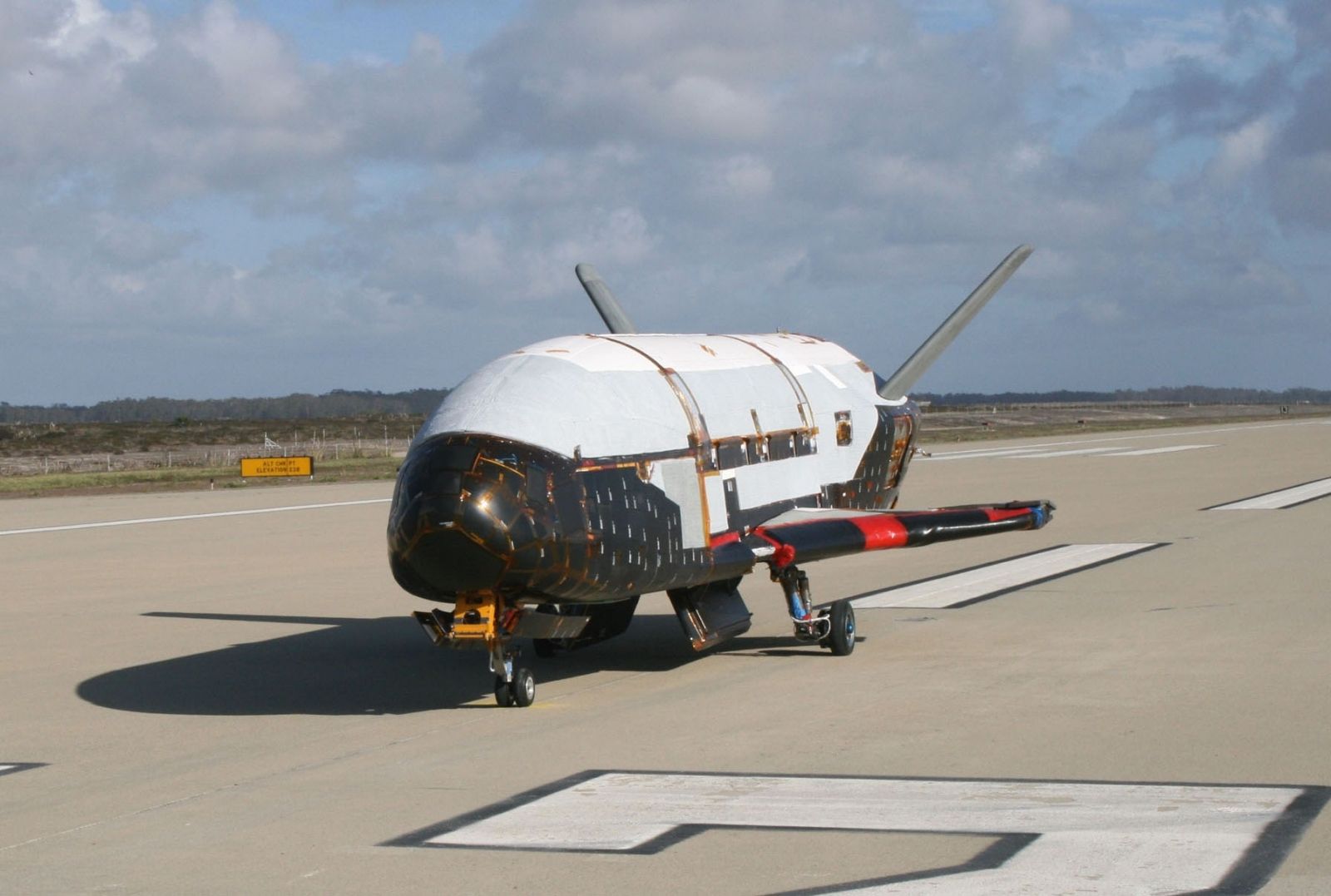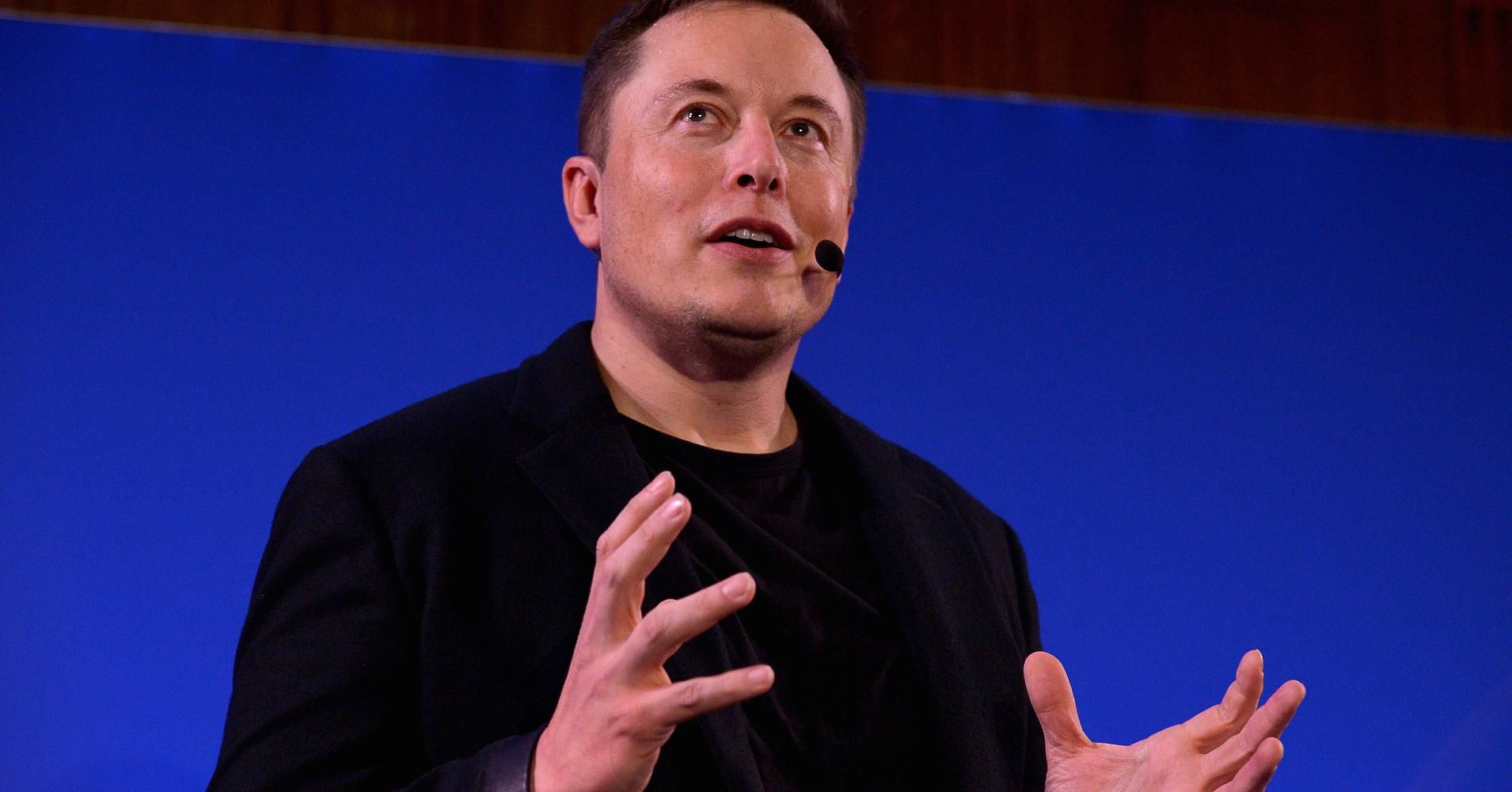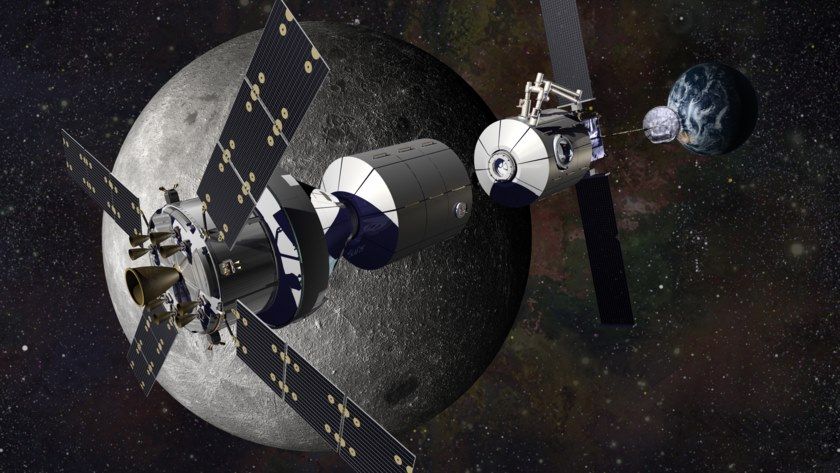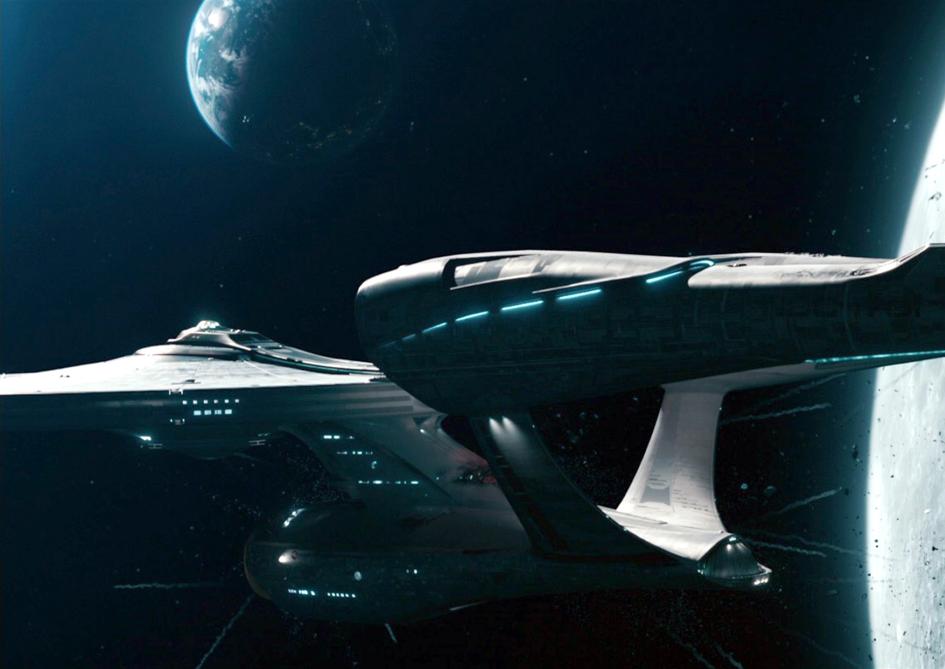Great news if it turns out to be true!
Though scientists are still trying to figure out how it doesn’t violate the laws of physics.


NASA tests the engine for the most powerful rocket ever built, designed for deep-space missions.

In August Hacked covered the rumor, then confirmed by NASA, that a paper by the NASA Eagleworks team, titled “Measurement of Impulsive Thrust from a Closed Radio Frequency Cavity in Vacuum,” to be published in December’s issue of American Institute of Aeronautics and Astronautics (AIAA)’s Journal of Propulsion and Power, a prestigious peer-reviewed scientific journal, will reveal promising experimental results on the controversial, “impossible” EmDrive propulsion system. Now, a NASA Eagleworks paper that could be the December paper, or a draft, has been leaked.
The EmDrive results are often dismissed because they appear to violate the fundamental conservation laws of physics, but possible models for the anomalous thrust effect have been proposed that, while belonging to highly imaginative areas of theoretical physics, could explain the controversial results without violating fundamental conservation laws.
The leaked paper was first shared in the NasaSpaceFlight forum, which is often the primary source of updates for all things EmDrive, and a Reddit thread that was then removed at the request of the Eagleworks authors, then posted with a commentary by tech news site Next Big Future. Of course, the paper could be removed again, and therefore those who want to read it before December might want to download it now.

A low thrust pendulum at the NASA Johnson space center was used.
The best conventional Hall thruster can produce 60 millinewtons per kilowatt which is an order of magnitude more than the emdrive that was tested.

On October 5th 2016, Ranga Dias and Isaac F. Silvera of Lyman Laboratory of Physics, Harvard University released the first experimental evidence that solid metallic hydrogen has been synthesized in the laboratory.
It took 495 GPa pressure to create. The sample is being held in the cryostat in liquid nitrogen.
Atomic metallic hydrogen, if metastable at ambient pressure and temperature could be used as the most powerful chemical rocket fuel, as the atoms recombine to form molecular hydrogen. This light-weight high-energy density material would revolutionize rocketry, allowing single-stage rockets to enter orbit and chemically fueled rockets to explore our solar system. To transform solid molecular hydrogen to metallic hydrogen requires extreme high pressures.



SpaceX’s Elon Musk wants to put millions on Mars, but fellow billionaire Jeff Bezos envisions having them in rotating space habitats.